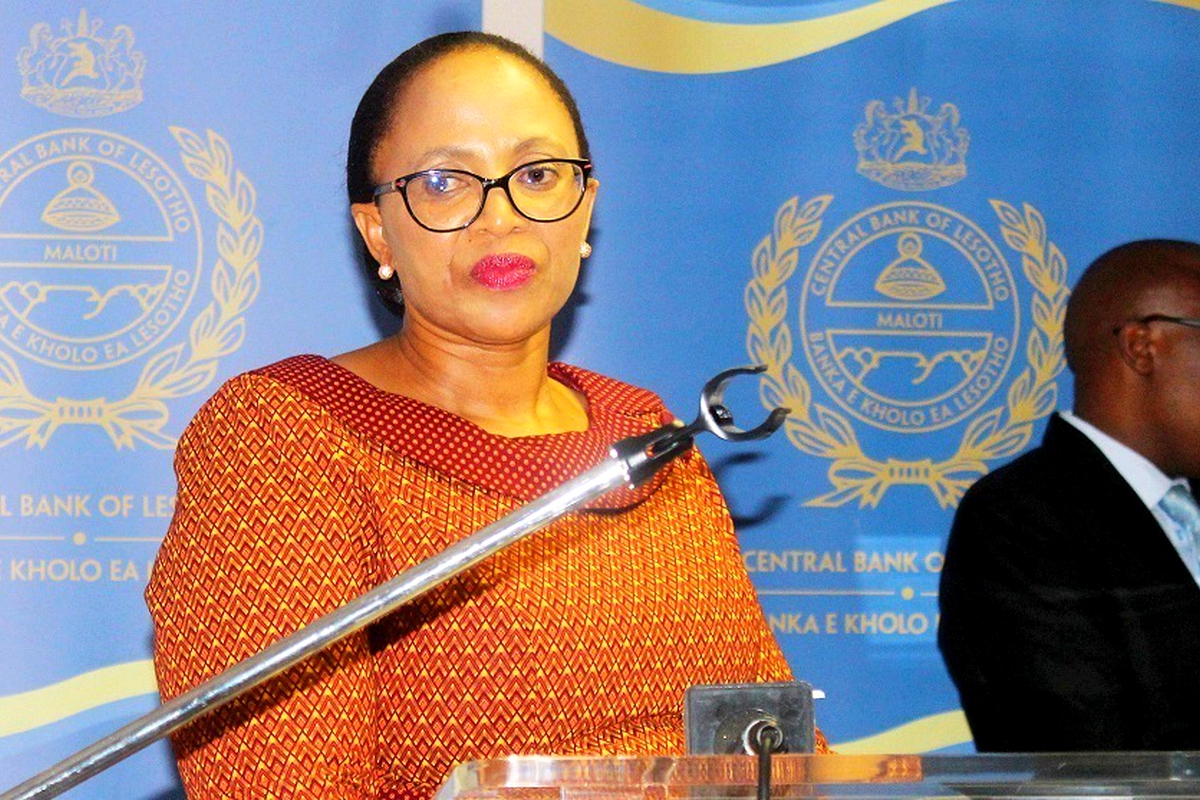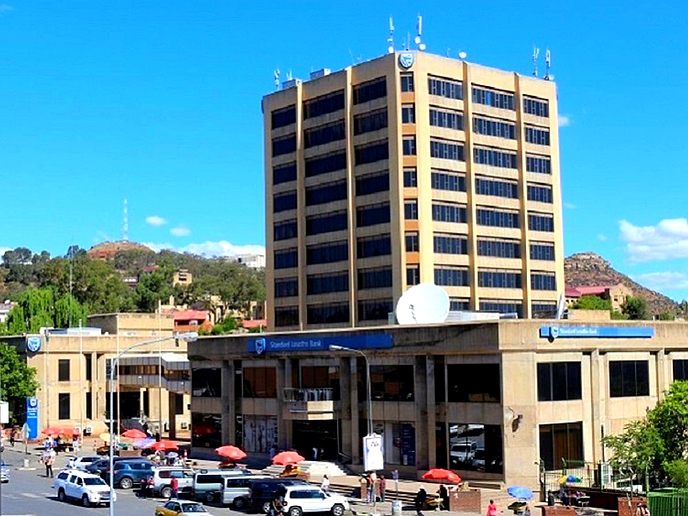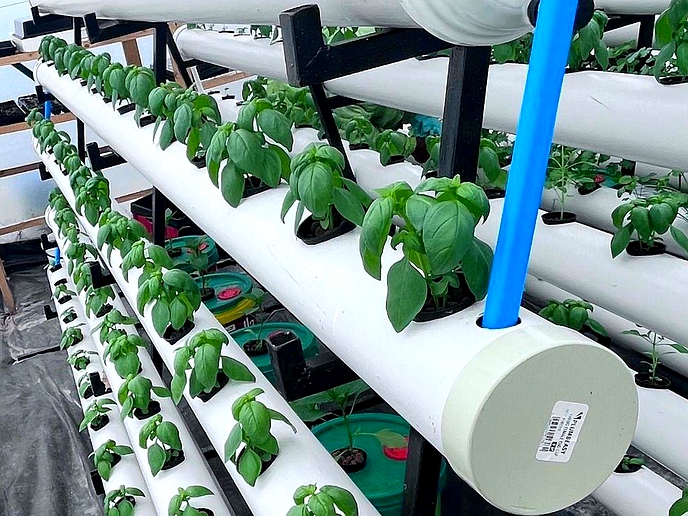THE Micro, Small and Medium Enterprise (MSME) sector in the country will particularly benefit from the newly introduced Lesotho Electronic Registry of Interest in Movable Assets (LERIMA) by the Central Bank of Lesotho (CBL).
business
July 22, 2021
NEO SENOKO
3 min read
CBL introduces movable assets as collateral

CBL Governor Dr Retšelisitsoe Matlanyane
This is a registry that will facilitate the use of movable property and intangible assets as collateral. It is aimed at improving access to finance to both individuals and businesses, especially micro small and medium enterprises (MSMEs).
The initiative was launched on Wednesday by the CBL.
Speaking during the launch, the Governor of CBL, Dr Retšelisitsoe Matlanyane said the development of LERIMA was part of the financial sector reforms that had been planned under the financial sector development strategy.
She said it was aimed at strengthening the financial system, fostering financial inclusion and improving access to finance which is an endemic problem in the region.
“It is with a deep sense of gratitude that today we mark one of the key milestones in the development of the financial system in Lesotho. This is an infrastructure that we have worked on for a number of years in a quest for us to improve access to credit in Lesotho.
“It is a culmination of years of collaborative effort between the Central Bank of Lesotho and the World Bank as well as other stakeholders that we work with. More importantly, I would like to point out the Bank of Ghana who are partners in this in the sense that we got technical assistance and a lot from them in this initiative,” Dr Matlanyane said.
She added that specifically, it provided for the enactment of modern secured transactions or personal movable property law, the establishment of a national public registry for security interests in movable properties and assets, as well as permitting self-enforcement of security interests.
“So collateral facilitates credit by reducing the potential loss the lenders may face on loan defaults. While land and buildings are widely accepted in this collateral for loans, what we realised is that the use of movable assets and properties were not included as collateral in our jurisdictions, hence our initiative to include them so that they can also be used as collateral. More importantly that they should be registered so that they are not used in multiple applications of credit,” the governor added.
She said the initiative is an imperative and long overdue milestone in unlocking financing in the country’s jurisdiction. The reform involves a modern legislation in line with best international practices.
The initiative also involves development of the modern collateral registry that is fully automated and accessible from anywhere in the world. So both credit providers and the private sector will have access to this infrastructure in order for people to facilitate access to finance.
Enjoy our daily newsletter from today
Access exclusive newsletters, along with previews of new media releases.
The governor highlighted a number of benefits that come with the initiative that will support the economy and growth through increased access to finance.
She said it is a significant development in a quest to improve the doing business indicators for Lesotho.
“For the private sector, we are expecting that the infrastructure will increase the likelihood of loan approval and increase the level of credit particularly for the MSMEs that may not have the usual properties that are not movable and that are pledged as collateral. The MSME sector is one that we hope will benefit greatly from this initiative.
“It also lessens the risk for lenders leading to lower interest rates and the cost of credit in general. Ultimately, finance will go towards acquisition of productive assets leading to increased portfolio of capital or assets especially for the MSMEs and the households,” she reiterated.
The use of this movable collateral and assets for loans curbs the risk for default and reduces the risk of loss for lenders and leads to improved quality of loans and increased loan portfolio as well as profitability.
Tailored for you






